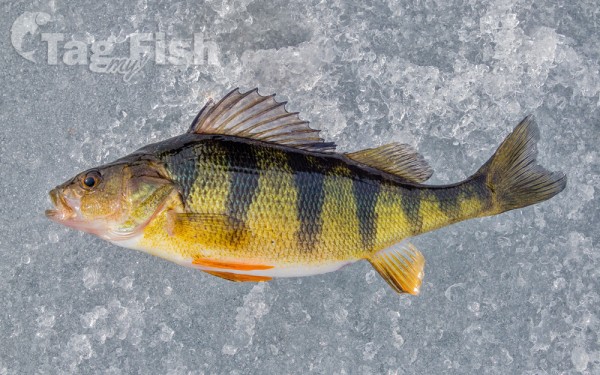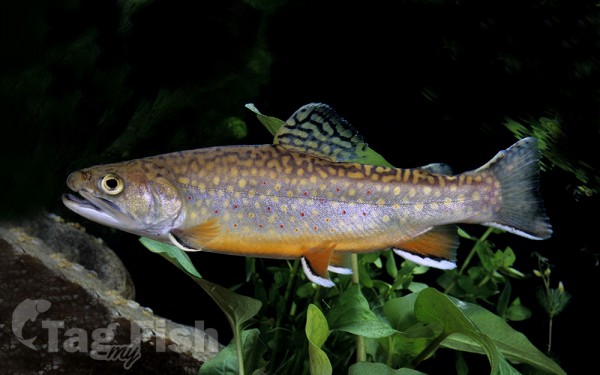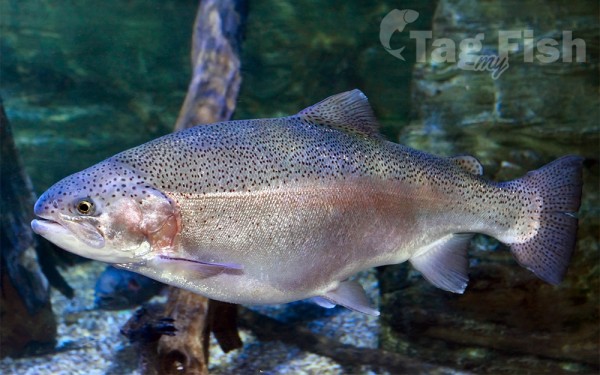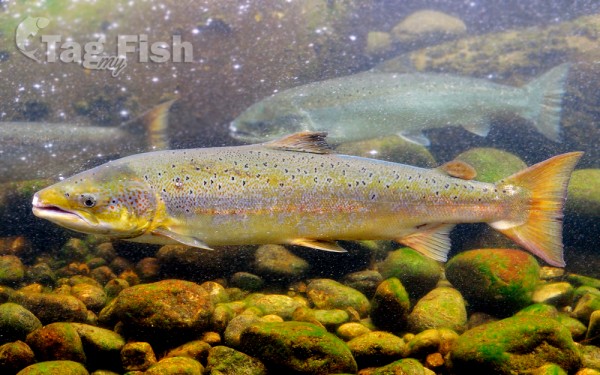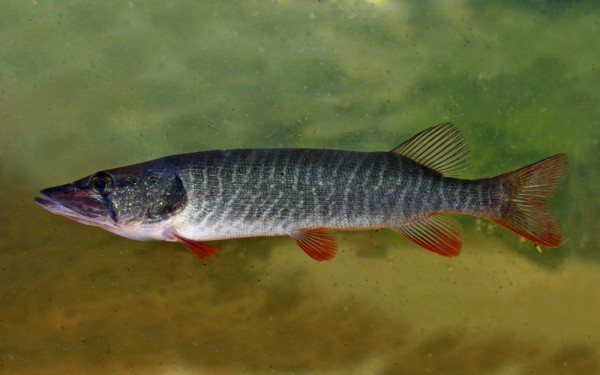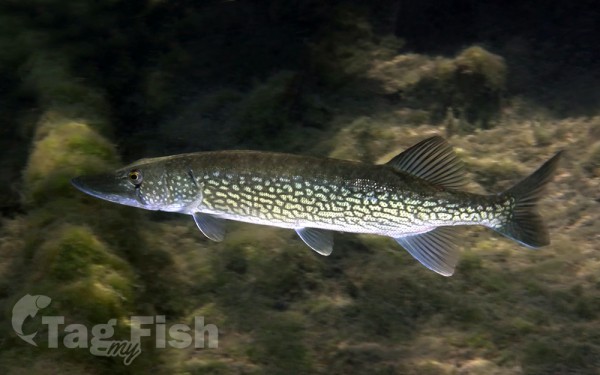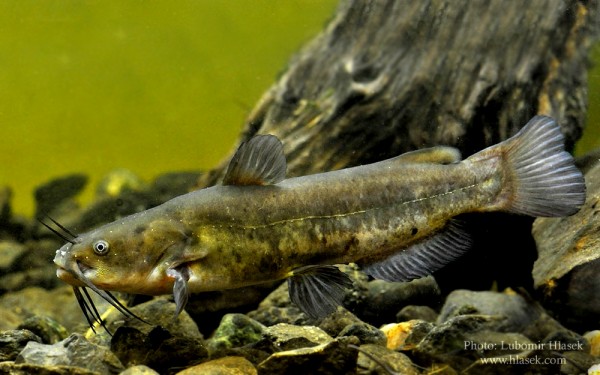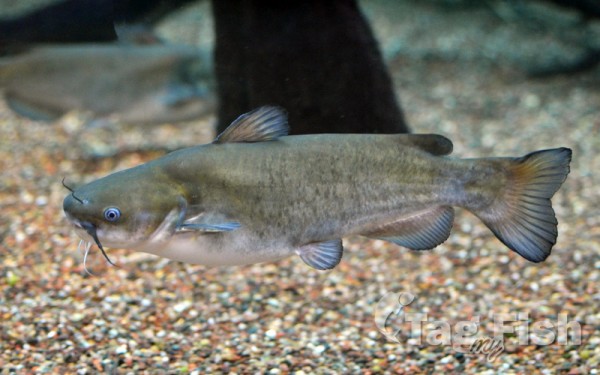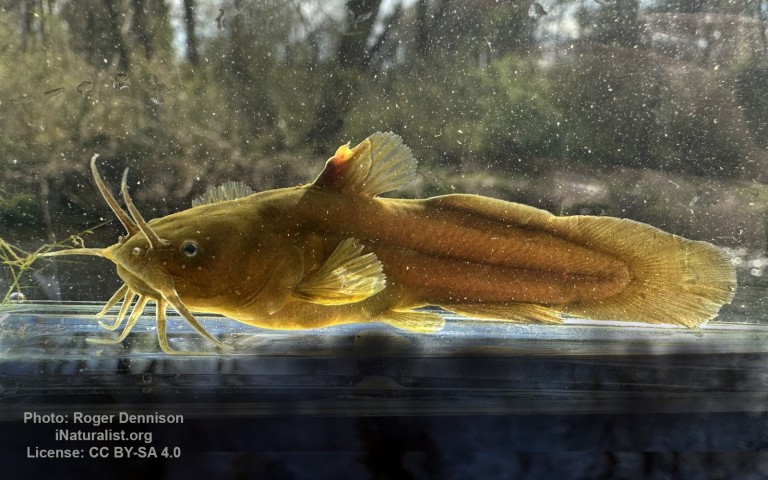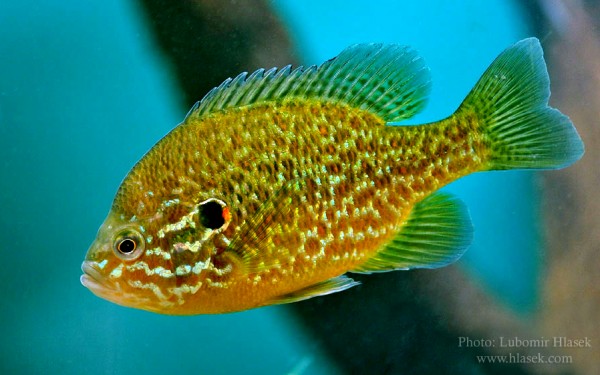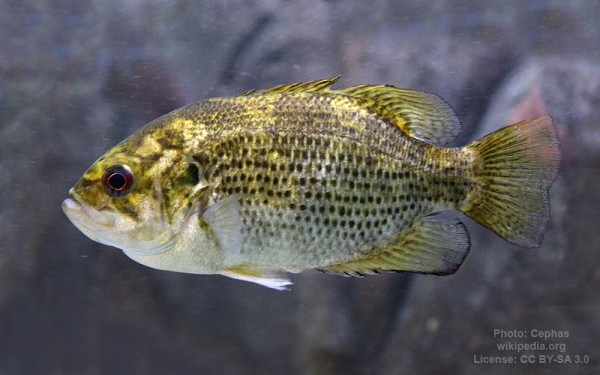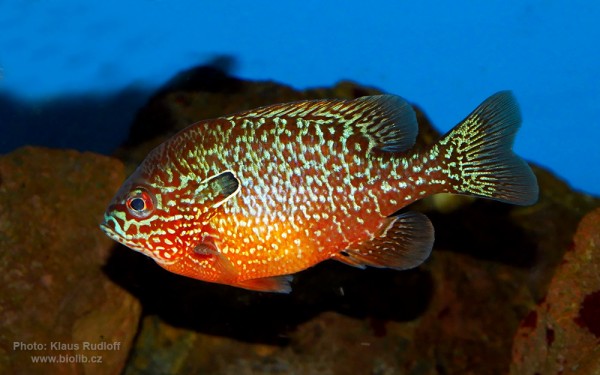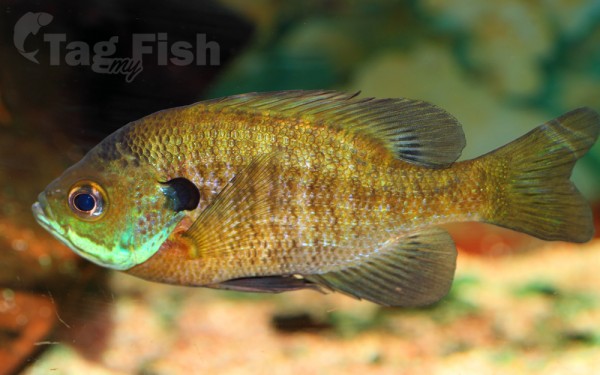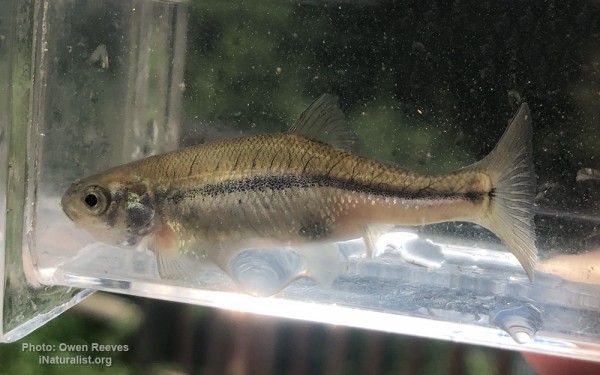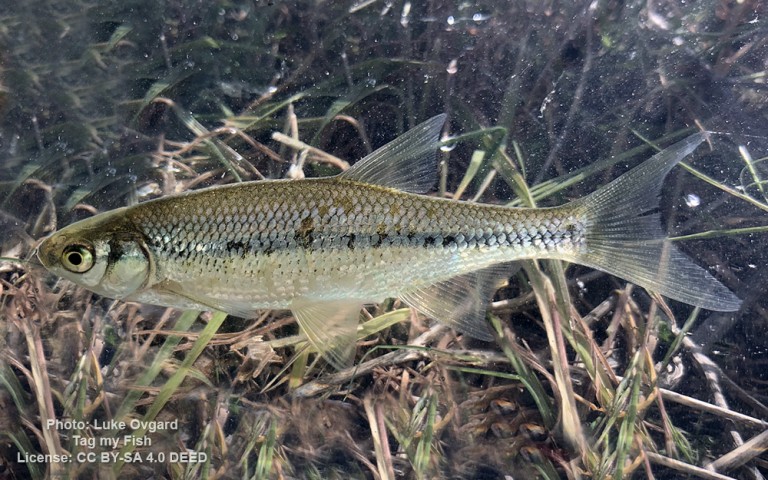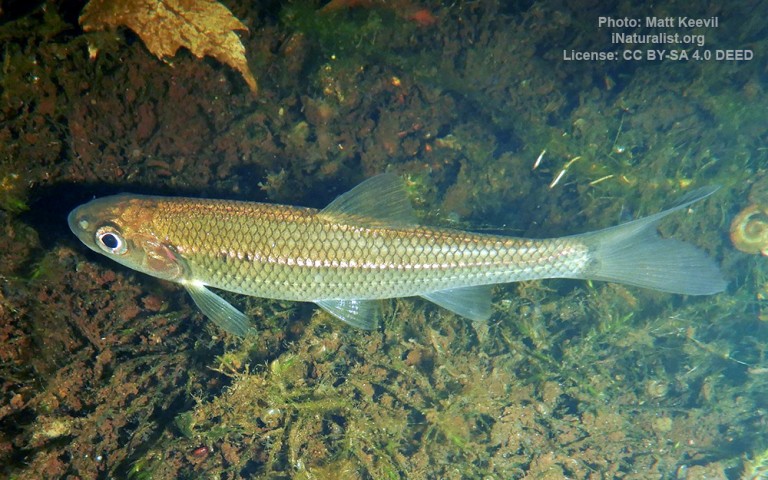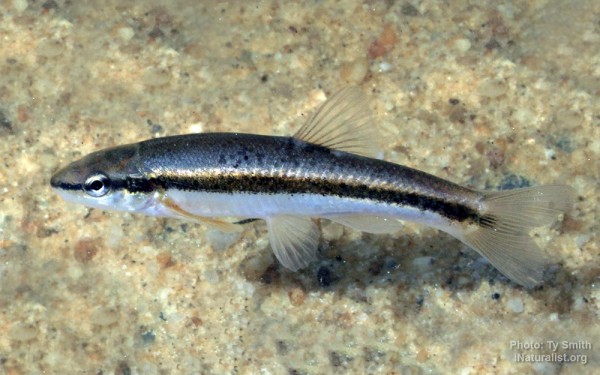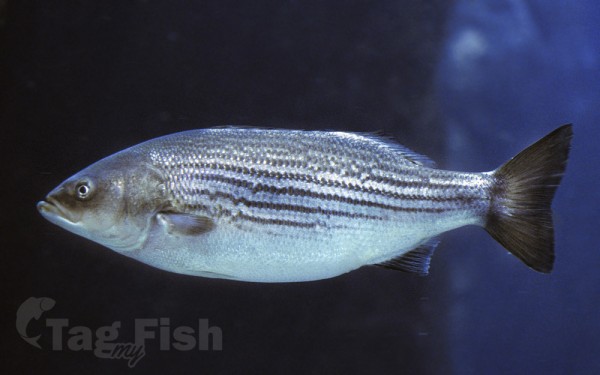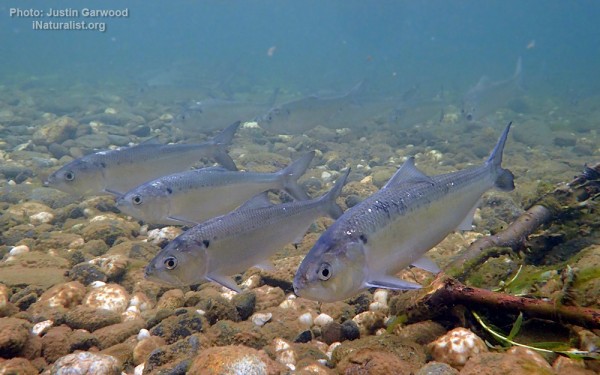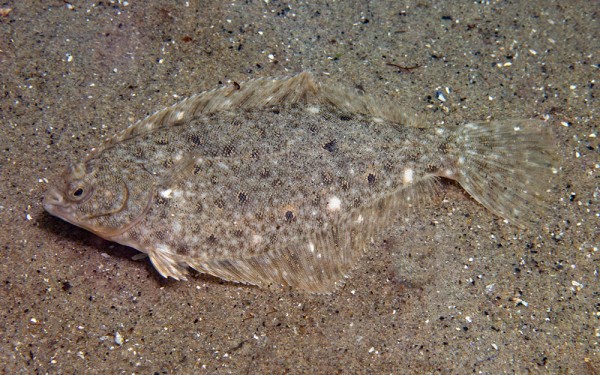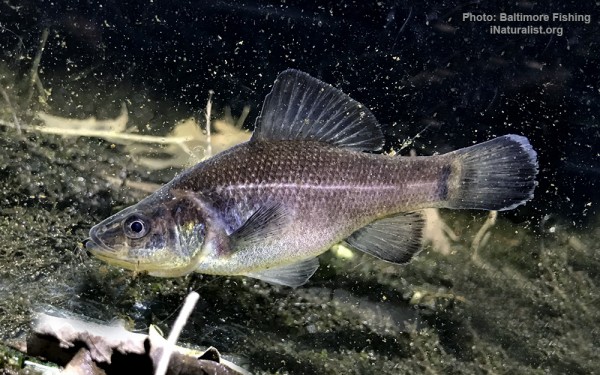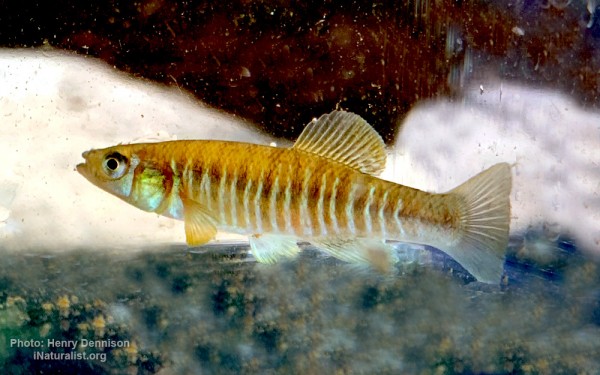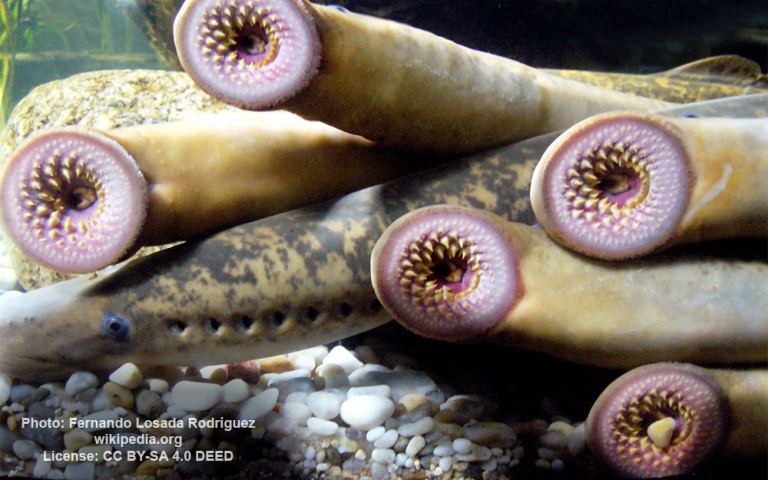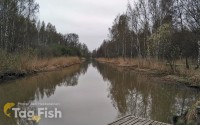Deerfield River
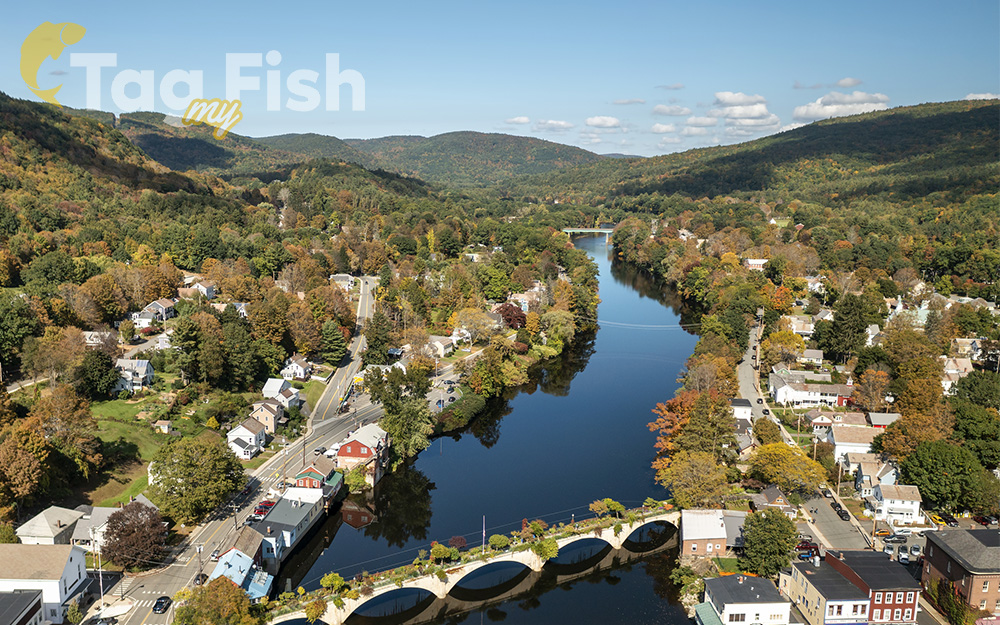
Perciformes - Perches
Salmoniformes - Salmons and Trouts
Esociformes - Pikes
Siluriformes - Catfishes
Centrarchiformes - Basses and sunfishes
Cypriniformes - Carps
Acipenseriformes - Sturgeons and Paddlefish
Moroniformes - Temperate basses
Clupeiformes - Herrings
Pleuronectiformes - Flatfishes
Percopsiformes - Trout-perches
Cyprinodontiformes - Toothcarps
Petromyzontiformes - Lampreys
Perciformes - Perches
Salmoniformes - Salmons and Trouts
Esociformes - Pikes
Siluriformes - Catfishes
Centrarchiformes - Basses and sunfishes
Cypriniformes - Carps
Acipenseriformes - Sturgeons and Paddlefish
Moroniformes - Temperate basses
Clupeiformes - Herrings
Pleuronectiformes - Flatfishes
Percopsiformes - Trout-perches
Cyprinodontiformes - Toothcarps
Petromyzontiformes - Lampreys
Deerfield River is a river that runs for 76 miles (122 km) from southern Vermont through northwestern Massachusetts to the Connecticut River. The Deerfield River was historically influential in the settlement of western Franklin County, Massachusetts, and its namesake town. It is the Connecticut River’s second-longest tributary in Massachusetts, 2.1 miles (3.4 km) shorter than Metropolitan Springfield’s Westfield River.
The river’s confluence with the Connecticut is in Greenfield, Massachusetts, downstream of Turners Falls (42.57708°N 72.57784°W). The Deerfield is one of the most heavily dammed rivers in the country with, on average, a dam almost every 7 miles (11 km) for its entire length. In Shelburne Falls, the glacial potholes and the Bridge of Flowers are popular tourist attractions around the river.
